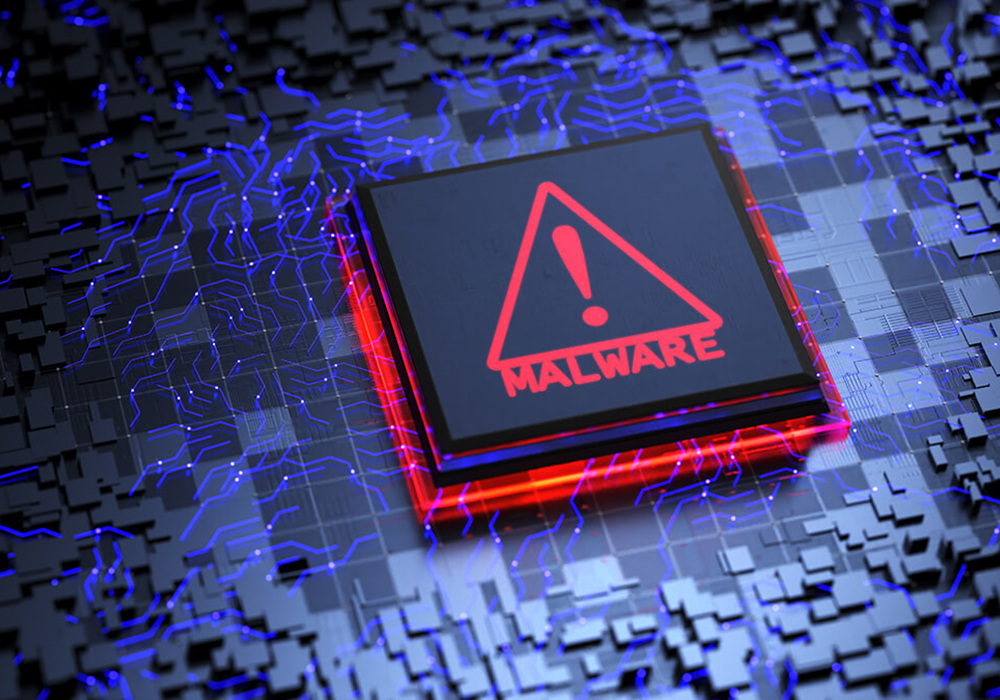At VoidStarIndia, we constantly push the envelope in AI-powered cybersecurity. One of our most innovative approaches is converting PE (Portable Executable) files into images to enhance malware detection using deep learning.
Why Turn PE Files into Images?
PE files—such as .exe or .dll—contain binary data representing code and resources. Traditionally, analysts examine these binaries using reverse engineering tools. But static analysis can belabor-intensive and vulnerable to obfuscation tactics used by advanced malware.
Instead, by transforming PE files into grayscale images, we allow deep learning models (especially CNNs) to detect patterns just like they do with visual data—enabling faster, automated, and often more accurate classification of malicious files.
How the Transformation Works
- Read the PE File as Bytes: The binary contents of the PE file are read as a stream of 8-bit unsigned integers.
- Convert to Grayscale Matrix: These bytes are reshaped into a 2Darray—usually with a fixed width (e.g., 256, 512, or 1024 pixels) and a calculated height—to generate a grayscale image. Each pixel intensity corresponds to one byte.
- Image Normalization and Resizing: The resulting image is optionally normalized and resized to fit the input requirements of deep learning models.
- Feed into CNN Models: These images are then passed to convolutional neural networks trained on labeled datasets of malware and benign files.
Benefits for Cybersecurity Products
Kernel modules are integral to many mission-critical security tools:
- Resilience to Obfuscation: Since the model learns visual patterns across large datasets, it can detect malware even when traditional signatures fail.
- Faster Classification: Image-based models can process thousands of files in real-time—perfect for endpoint protection and sandbox environments.
- Customizable Implementation: We have the expertise to build and tailor image-conversion and classification modules that can seamlessly integrate with your cybersecurity products, based on your specific architecture and requirements.
Closing Thought
At VoidStarIndia, our work at the intersection of deep learning and binary visualization reflects our strong capabilities in developing next-generation malware detection techniques.
If you're exploring innovativeapproaches to threat detection, we’d love to collaborate and co-create.
Reach out to us today.
